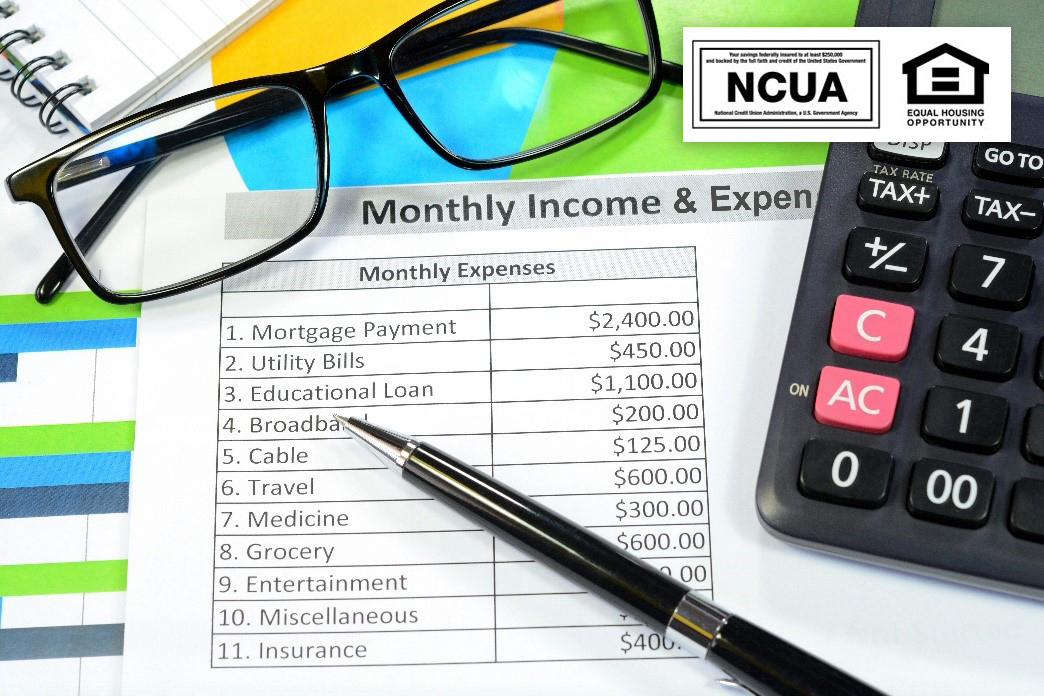Simple Personal Budgeting Tips You Can Follow

posted on Monday, February 28, 2022 in Financial Tips
A personal budget is essentially a summary of your finances that compares your income to your expenses for a specific amount of time, usually for a month. Having a personal budget lets you achieve your financial goals.
However, young adults today are often quite inexperienced with handling their finances properly. This can be due to a lack of access to financial education. With that in mind, here are some simple personal budgeting tips that anyone can follow:
Set an Attainable Financial Goal
Before you can start planning a new budget, it’s best if you come up with a financial goal first. Know the reason why you want to budget your finances. For your goals to be attainable, they have to be quantifiable and specific. That way, you won’t get overwhelmed by how much you have to do to attain them.
Calculate Your Current Income and Expenses
Calculate the income you earn for a specific amount of time. A month is usually the reference point that people use. An individual’s net income is the amount they’ll receive after the deduction of taxes, allowances, and other costs. If you have other sources of income, make sure to add them as well.
Once you’ve gathered all of your income, it’s time for you to calculate your monthly expenses. There are two types of expenses: variable and fixed. Variable expenses are the things you need to pay for that change from month to month, like groceries and gas. Fixed expenses are the payments that do not change, like rent.
To keep track of your expenses, use account statements and receipts from the past few months to be accurate. It’s better if your income is higher than your expenses.
Have a Budgeting Plan
It’s a good idea to have your own budgeting plan or a system that can help you plan your budget. A good example of this would be the 50/30/20 method. It’s a popular budgeting plan that’s simple to follow.
In this system, it splits your income into three categories. 50% goes to necessary expenses, 30% goes to your wants, and 20% goes to your savings and debt payment. That way, you’ll have enough room to grow and adjust your finances.
Track Your Progress With Budgeting Tools
For you to stay on your budget, download a budgeting tool or app on your phone or computer. It automates your financial accounts, organizes your expenses, and tracks your spending properly. Some good budgeting apps include Goodbudget, Mint, and You Need A Budget (YNAB).
Planning your expenses and saving money doesn’t have to be complicated. For more money management tips, contact Community 1st Credit Union and talk to one of our C1st representatives.